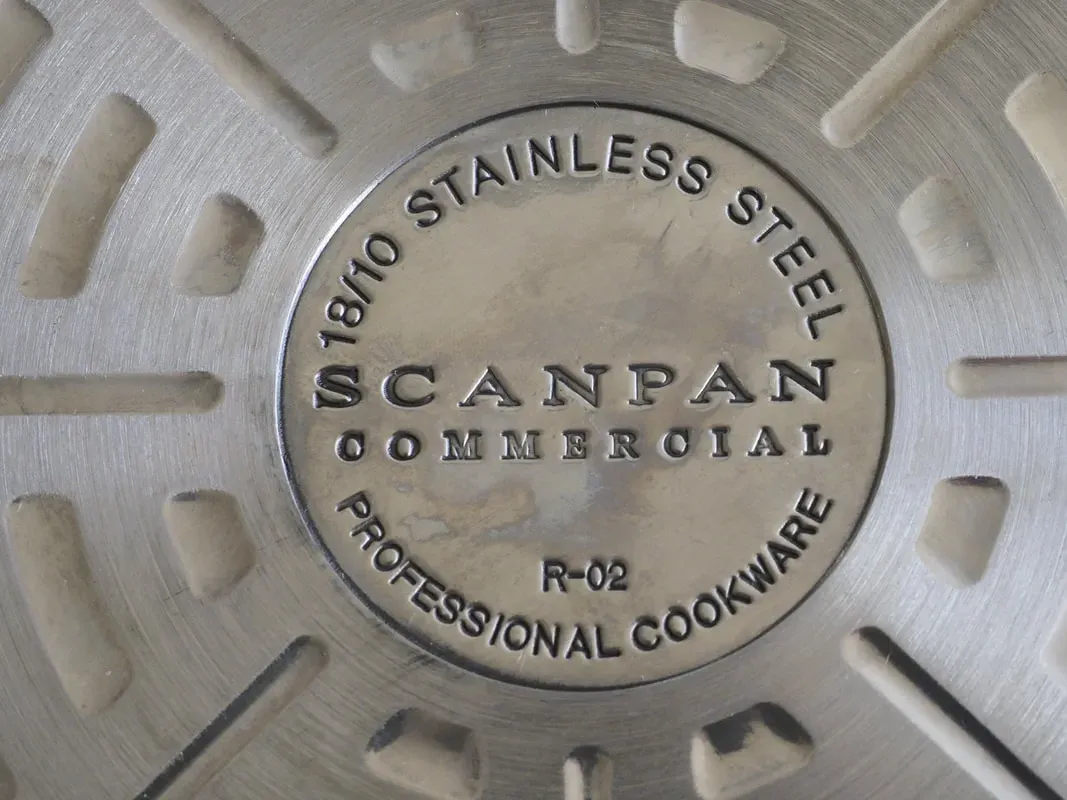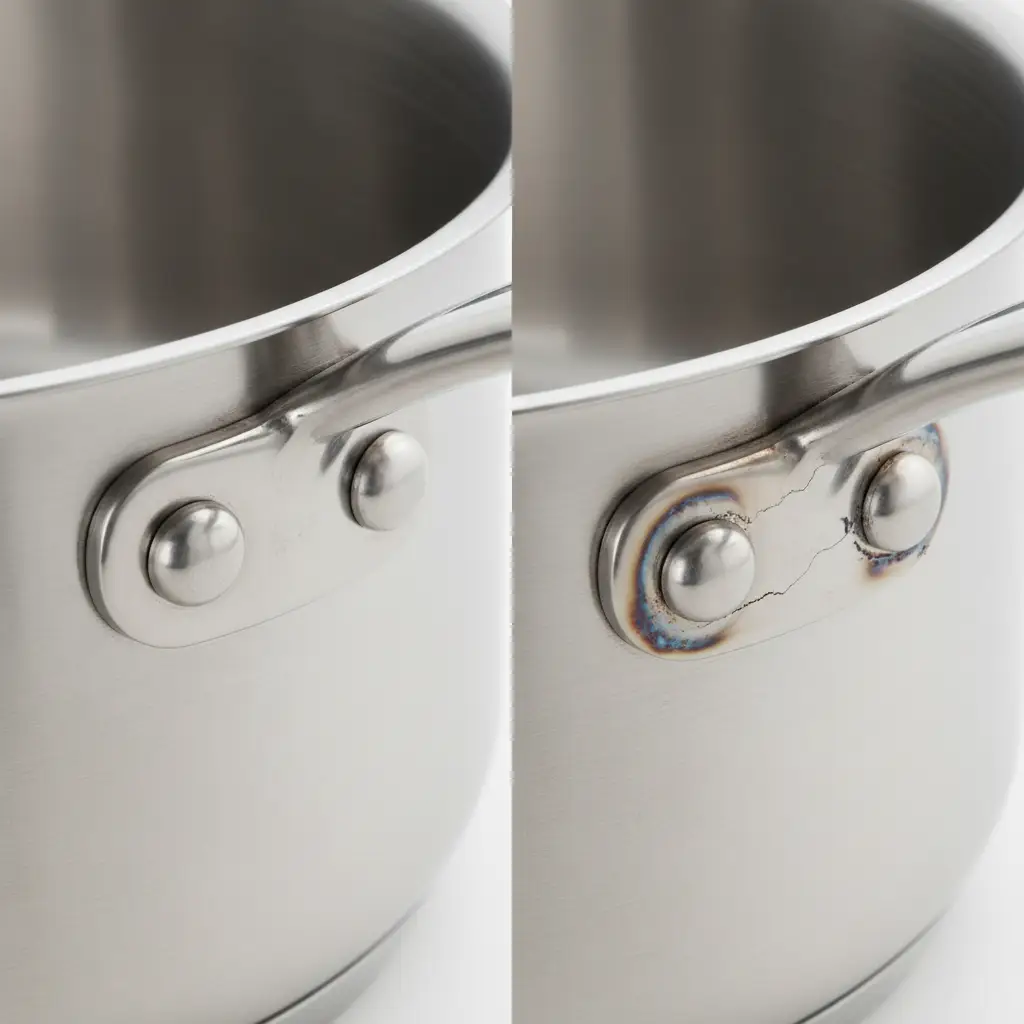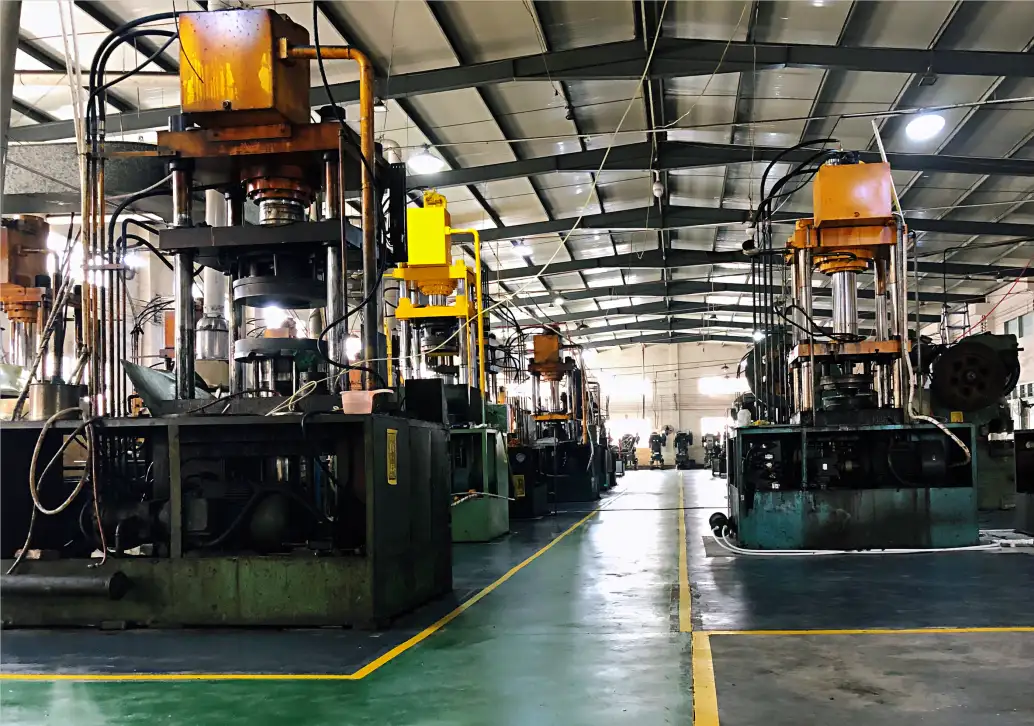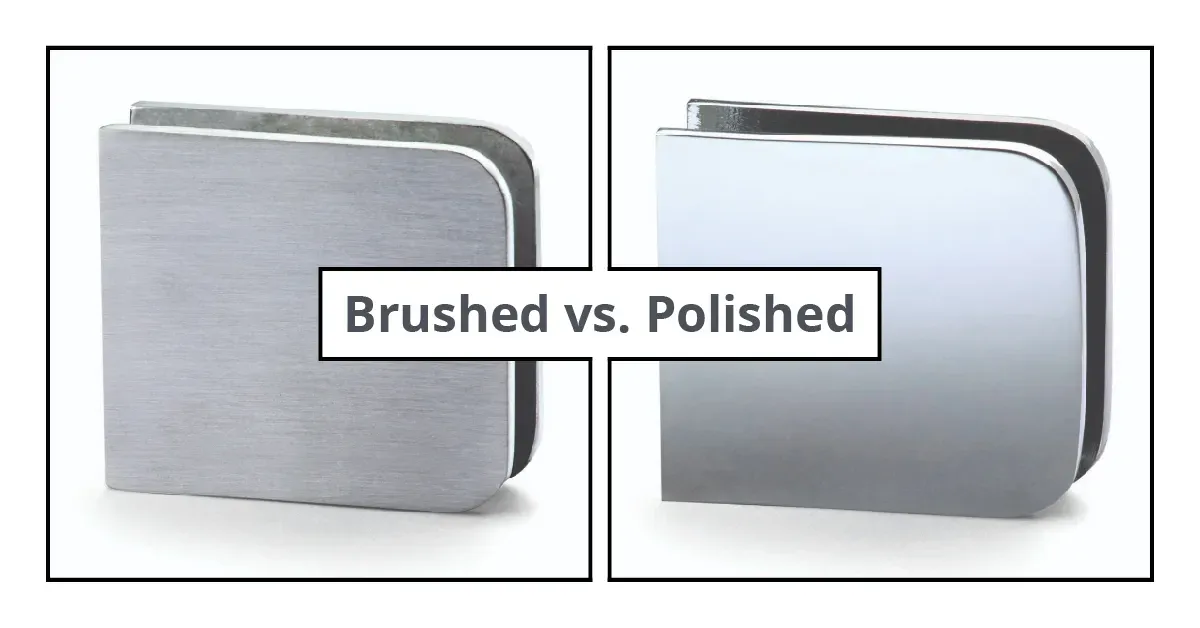Quick answer up front: 18/10 offers slightly better corrosion resistance and polishability than 18/8, but in commercial kitchens, the practical difference between these two cookware grades is often small.
What matters more is the stainless steel cookware grade combined with construction (thickness, ply), surface finish, and quality control.
In this article, Purecook, a 선도적인 스테인리스 스틸 주방용품 제조업체, explains the metallurgy, measurable differences, and a procurement-ready decision framework so purchasing teams can choose the right spec for their operation.
What “18/8” and “18/10” Mean In Cookware Grade
The shorthands refer to alloy chemistry in stainless steel cookware. The first number before the slash is chromium content (≈18%), and the following number is nickel content (≈8% or 10%).
Chromium forms the passive oxide layer that resists rust; nickel stabilizes the austenitic microstructure, improves ductility, and gives a brighter polish.
Both 18/8 and 18/10 are within the 304 family of food-grade stainless steels — so both meet core food-contact safety expectations when properly processed.

Measured Performance Differences
Compared these two stainless steel cookware grades, the chemistry differences are modest but measurable.
- Corrosion resistance. Higher nickel in 18/10 gives marginally better resistance to repeated dishwasher cycles, alkaline detergents, and acidic foods. In accelerated salt-spray or pitting tests, 18/10 shows slightly longer time to first pitting than 18/8, but both are far behind 316 for chloride-rich environments.
- Finish & shine. 18/10 polishes to a higher gloss more easily. For front-of-house presentation pieces, that extra luster is visible.
- Formability & weldability. Slightly better with higher nickel — helpful when producing complex shapes or thin, deep pots.
- Cost. Nickel is the expensive element; 18/10 commands a small premium over 18/8. The delta shrinks with large-volume procurement.
Critically, these chemical differences are dwarfed by differences caused by poor fabrication (thin gauges, bad welds, no passivation) or inadequate QC. A heavy-gauge 18/8 tri-ply pan will outperform a thin, poorly processed 18/10 pan in most commercial-use tests.

Mapping Chemistry to Kitchen Realities
When deciding cookware grade between 18/8 그리고 18/10, map material properties to your kitchen’s operating profile:
- High dishwasher frequency / harsh detergents (banquet, hotel): 18/10 has an advantage; consider electropolishing and stronger passivation too.
- Coastal / high-salinity kitchens (seafood processors, seaside hotels): Neither 18/8 nor 18/10 is ideal — 316 is recommended because molybdenum added improves chloride resistance.
- Heavy searing / open-flame use: Alloy choice is secondary to base construction (tri-ply or multi-ply) and thickness for even heat and warp resistance.
- Presentation / front-of-house service: 18/10’s polish helps maintain a premium look with less finishing work.
Non-chemical Factors that Influence Lifetime Performance
Don’t let the cookware grade of stainless steel distract you from what really drives longevity and performance:
- Ply construction & base thickness. Tri-ply/full-clad with aluminum or copper cores equalizes heat; specify base thickness (mm) and side-clad depth.
- Surface treatment. Electropolish and passivation reduce free iron and micro-pits; brushed finishes can hide wear and reduce visible scratching.
- Welding & handle attachment. TIG welds, reinforced rivets, and laser welding reduce stress points and failure modes.
- QC & traceability. Require MTRs, batch testing, salt-spray, and thermal cycling results for large orders.
A procurement team that specifies a stainless steel cookware grade without these process and construction parameters leaves a major gap.
Procurement & RFQ Checklist
Use this checklist in your RFQ to avoid unnecessary troubles:
- Alloy: Specify 18/10 or 18/8 (or 316 for coastal). Require MTR per batch.
- 건설: Tri-ply / fully-clad vs disc-clad; state aluminum core thickness (e.g., 2.0 mm).
- Total thickness & mass: e.g., base 4.0 mm equivalent, side gauge ≥0.8 mm.
- Finish & passivation: Electropolish or passivation certificate; Ra target if needed.
- Welding & handles: TIG/laser welds, rivet spec, torque test results.
- Functional tests: Salt-spray hours, dishwasher cycle count, thermal shock cycles.
- Sample approval: Approve PP sample; run in-kitchen test for 30–50 cooking cycles.
- Packaging & traceability: Batch numbers on cartons; MTR and test reports included.
Decision Matrix
| Application Scenario | Recommended Stainless Steel Cookware Grade | Recommended Specs | Notes |
|---|---|---|---|
| High-volume hotel / banquet kitchens | 18/10 | Electropolish + tri-ply | Best durability and corrosion resistance under heavy washing |
| Standard restaurant kitchens | 18/8 | Strict construction spec (tri-ply recommended) | Cost-effective with stable performance |
| High-volume hotel/banquet kitchens | 316 (inner layer) | Enhanced anti-corrosion design | Mandatory for chloride-rich environments |
| Budget chains / back-of-house use | 18/8 | Thicker gauge + robust finishing | Thicker walls compensate for lower alloy cost |
| Front-of-house / presentation cookware | 18/10 | High-polish / mirror finish | Coastal/marine environments |
Usage & Maintenance to Maximize ROI
Even the right cookware grade needs correct use to deliver promised longevity:
- Avoid prolonged contact with bleach or concentrated chlorides.
- Encourage drying after dishwashing; mineral deposits reduce corrosion resistance.
- Recommend non-abrasive cleaners and periodic passivation if in aggressive environments.
Log returns and failure modes — most issues trace back to fabrication or misuse, not grade, according to our business partners and clients, who own a commercial kitchen.
결론
For commercial kitchens, the cookware grade choice between 18/8 그리고 18/10 is less a binary quality test than a part of a wider specification. Prioritize a clear stainless steel cookware grade in your RFQ, but pair it with strict demands on ply structure, thickness, finishing, and verifiable testing. That combination — grade plus engineering and QA — is what delivers consistent performance, lower replacement costs, and fewer complaints in real-world kitchens.
퓨어쿡 소개

퓨어쿡 is a 선도적인 스테인리스 스틸 주방용품 제조업체 that owns more than 30+ years of experience in OEM and ODM from China, specializing in providing premium stainless steel kitchenware for retailers and distributors.
We are offering wholesale stainless steel kitchenware and tailored custom stainless steel cookware solutions for brands worldwide now. Backed by our own factory and controlled production lines, with rigorous quality control and fast-paced SOP production, we deliver consistent quality, stable lead times, and reliable support for long-term growth.
퓨어쿡 is your reliable premium stainless steel kitchenware bulk supplier!
FAQ
Q1: Which stainless steel cookware grade should I specify for coastal or high-salinity kitchens?
A1: Specify 316 for the inner cooking surface (or 316L) — it resists chloride-induced pitting; require MTR and salt-spray test reports.
Q2: Is it worth paying more for 18/10 instead of 18/8 for commercial use?
A2: Yes, when you need extra corrosion resistance and a premium finish under heavy wash cycles; otherwise, a well-constructed 18/8 tri-ply with proper passivation can be a cost-effective choice.
Q3: What documents should I require from a cookware factory before placing a bulk order?
A3: Request MTRs, third-party migration/heavy-metal reports (FDA/LFGB as relevant), salt-spray and thermal-cycle test reports, passivation certificates, and a pre-production sample for approval.
Q4: Can I put stainless steel cookware in the dishwasher?
A4: Generally yes for food-grade stainless, but hand-washing preserves shine longer — avoid harsh bleach and dry promptly to prevent spotting.
Q5: If a pan is slightly magnetic, does that mean it’s fake?
A5: No — minor magnetism can result from cold-working or mixed layers; ask for the alloy grade (304/316) or MTR if you need confirmation.

